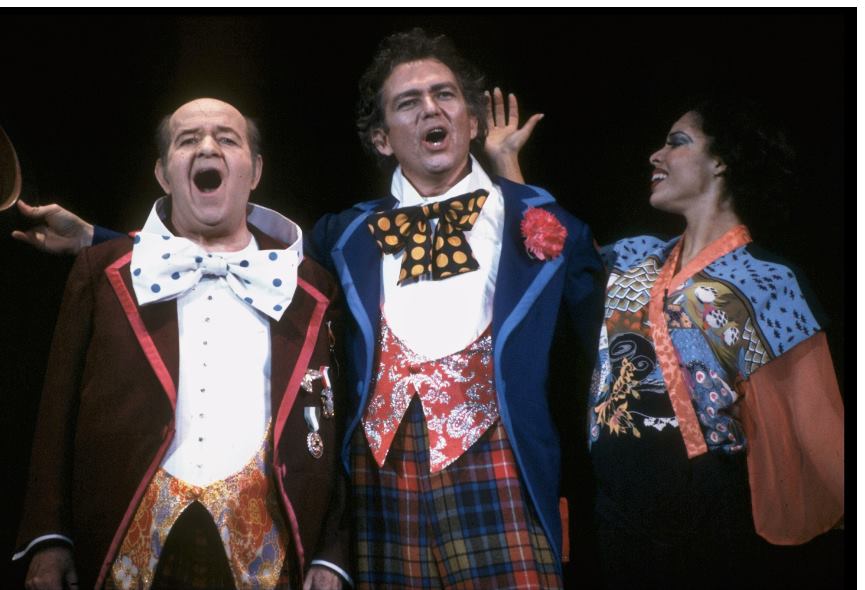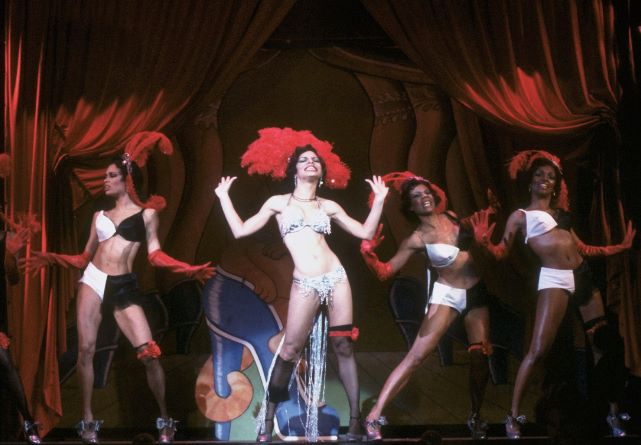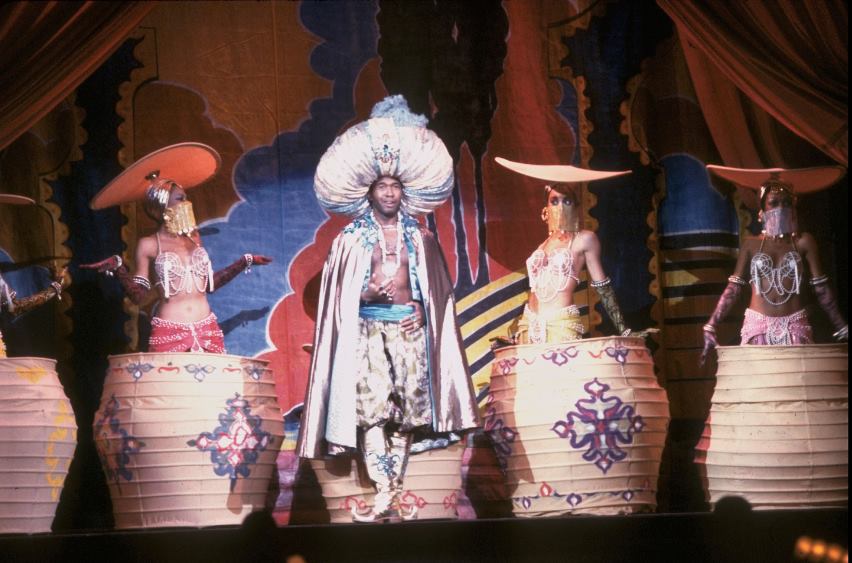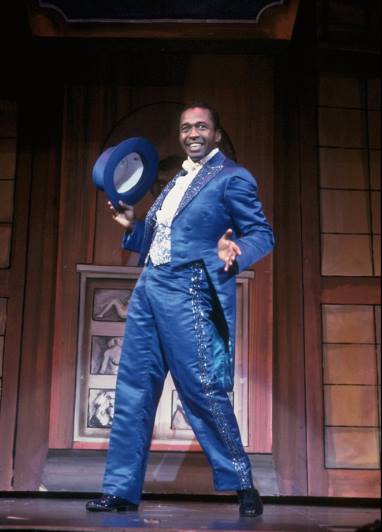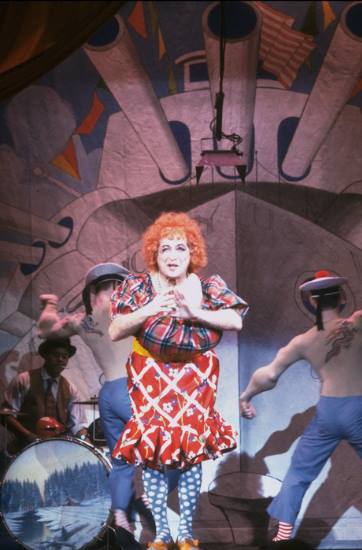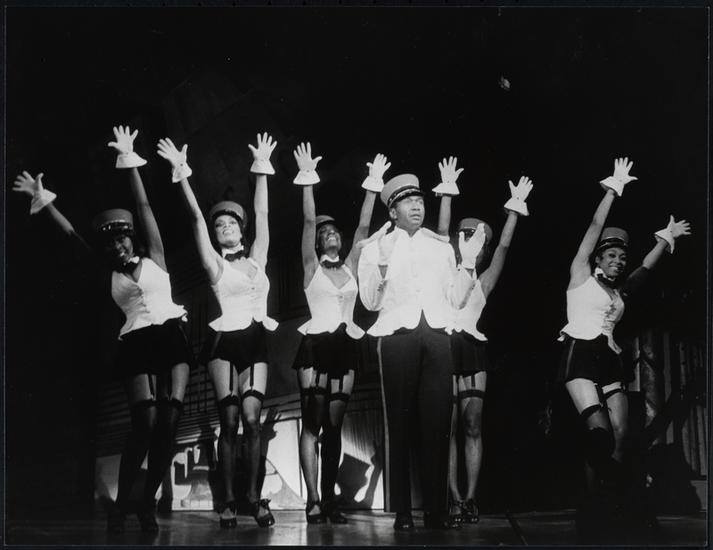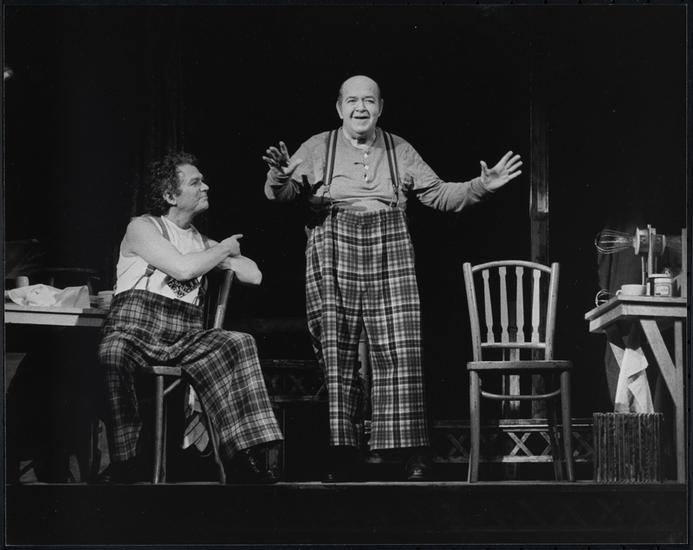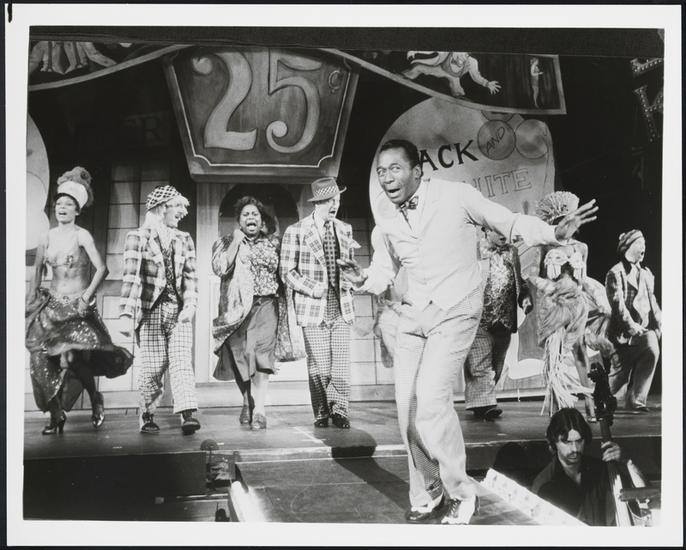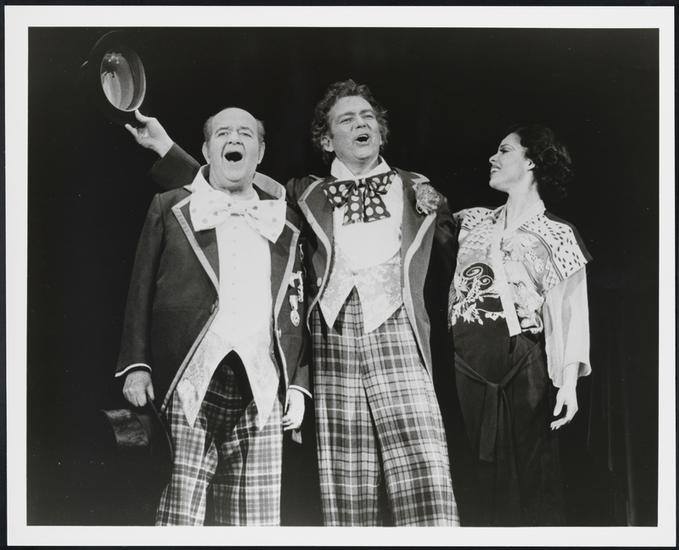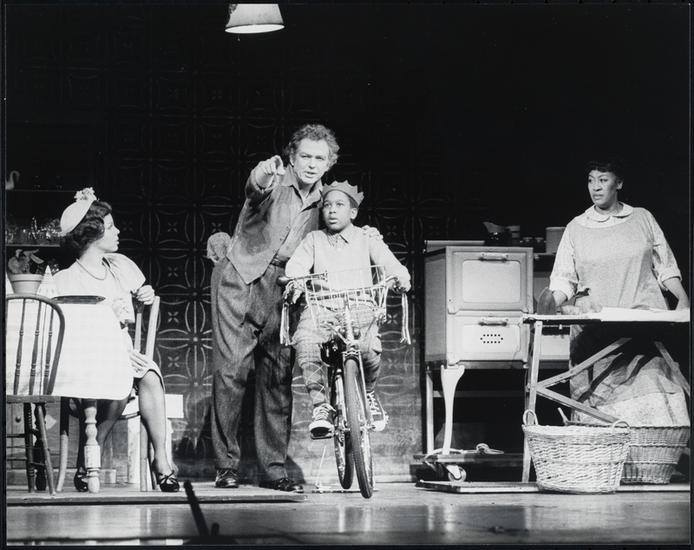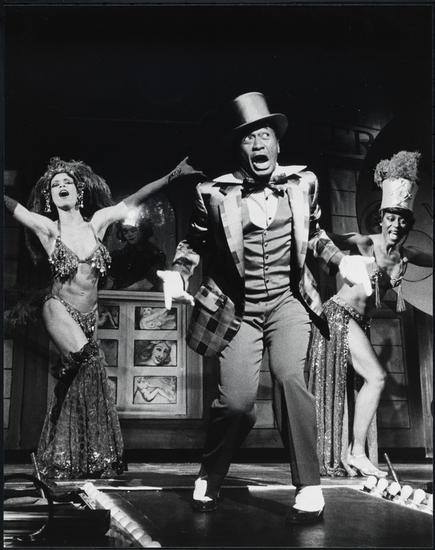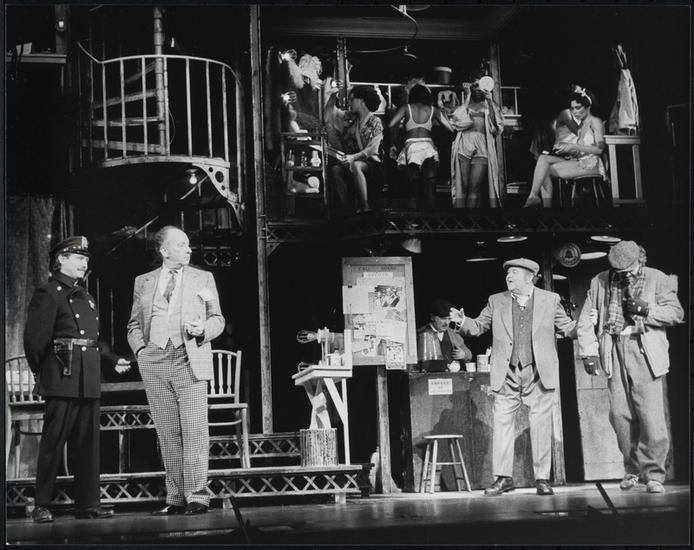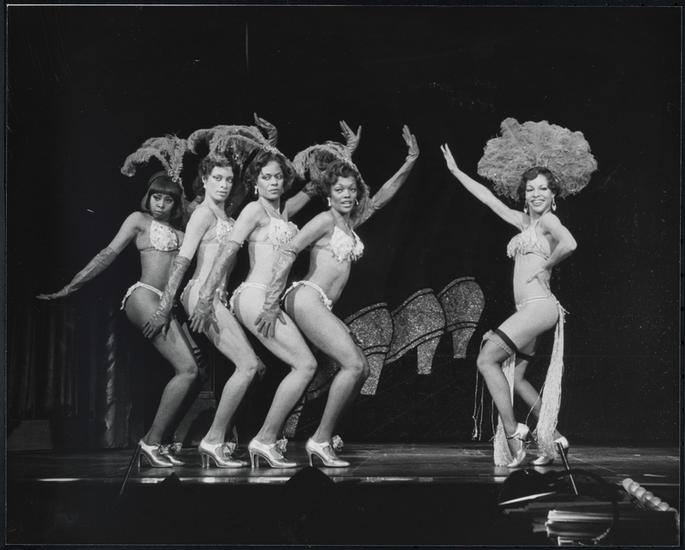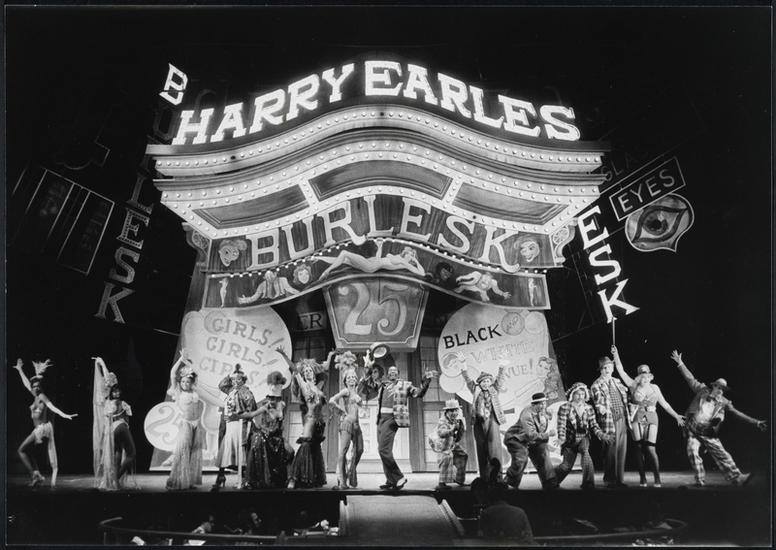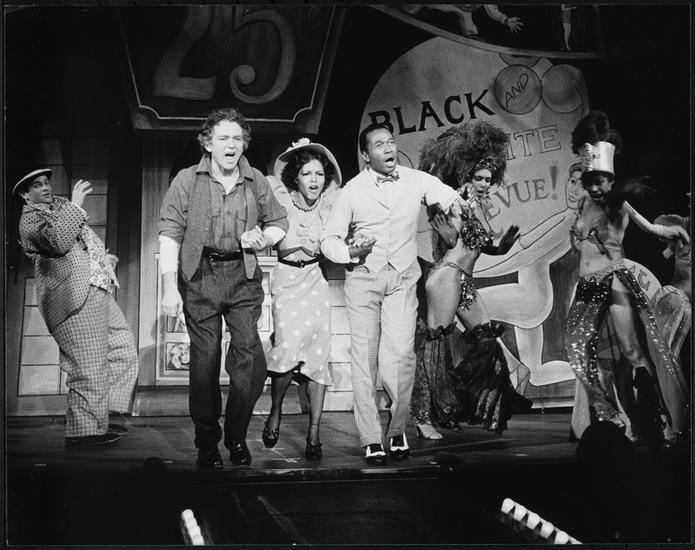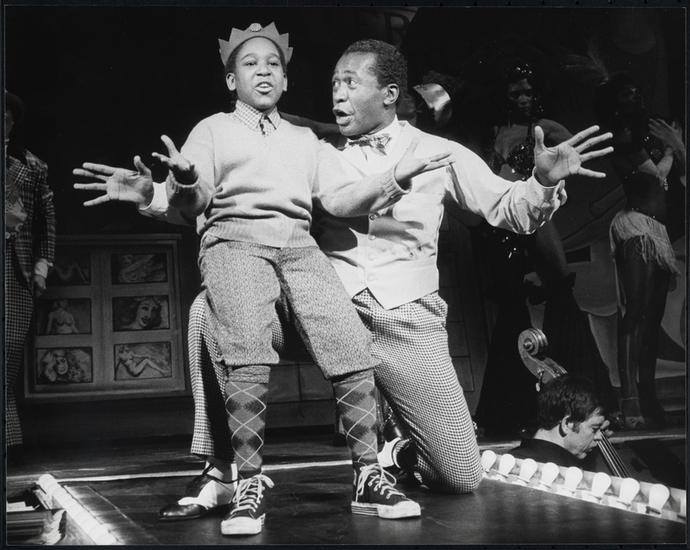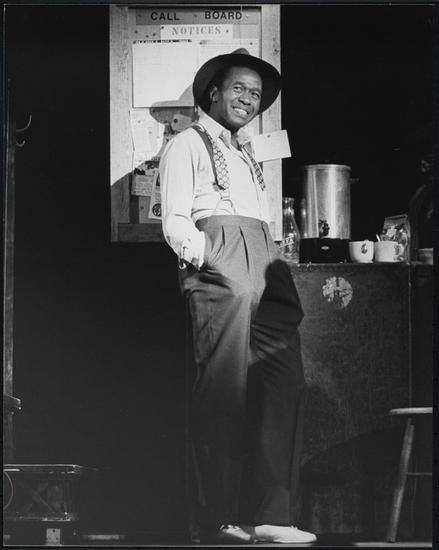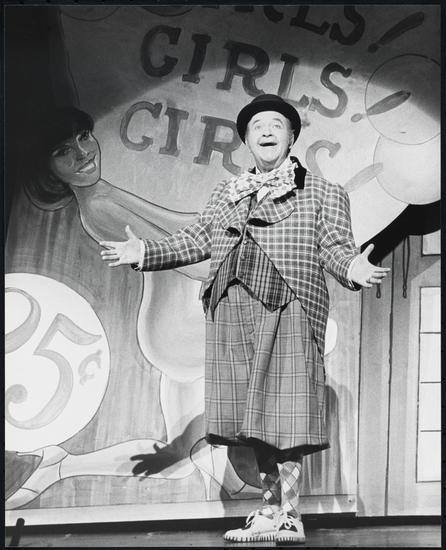Remembering Grind
An eagerly anticipated musical of the 1984-1985 Broadway season was Grind, set to be Harold Prince’s big project of the time, but ultimately part of a sequence of lulls in what was an otherwise prolific career of genius and artistry. Grind was an edgy musical that depicted the harsh divide between races in burlesque theatre of Chicago in the 1930s. With a book by Fay Kanin, and a score by Larry Grossman (music) and Ellen Fitzhugh (lyrics), Grind was an ambitious piece of musical theatre that had a hard time settling into what it wanted to be. Sometimes, it played like a broad comedy, sometimes it felt as though it was aiming for serious drama, and the show-within-a-show moments often left audiences feeling like they were watching a musical revue, even when those numbers were making commentary about what was happening onstage. Still, there was something special about Grind sometimes did work, and much of that came from just how daring it set out to be.
In many ways, Grind found Harold Prince experimenting with that same show-within-a-show construct that had worked so brilliantly for him with Cabaret. For Grind, however, the right tone was never established and the movement from onstage to backstage and vice-versa often felt jarring. Parallels between onstage and offstage action often felt contrived and even forced. Things were not helped by Lester Wilson’s uneven choreography, movement that could seem so perfect one moment, and then fall apart into chaos the next. The score propelled the show with an explosive originality for some numbers, and then sank to a bland emptiness for others. The show’s book tried to be too many things at one time, and though what it aspired to was admirable, it packed-in too much to the point of convolution. What seemed to hurt Grind above all else, however, was in how hard it seemed to be working. It never relaxed into itself, but instead doggedly pushed forward. The seams showed, and that was not indicative of the Harold Prince touch. Maybe it was just a show that wasn’t going to work?
So, what was Grind about? It is 1933, during the Great Depression, and local laws prohibit races from mixing onstage or from even sharing a theatre. At Harry Earle’s Burlesque of Chicago, we see how the white performers and black performers have a clear line drawn between them, the segregation part of the necessary arrangements with local law officials who, through payoffs, allow both races to appear in the same venue. The musical proceeds to take a variety of twists and turns (arguably, too many) that unfold and ultimately end in a clash between races from the outside, permeating their burlesque house. Those inside who have been divided for so long must find a way to come together to save their performing home and livelihoods from the violence at their doorstep. You will notice, I have boiled the plot down to utter simplicity. Trust me when I tell you that the aforementioned twists and turns are so plentiful that there is no easy way to give further details without having to give all of them. You can google a more advanced plot synopsis if you are interested. Bring a compass and a road map.
Some of the songs in Grind are quite wonderful, particularly the snappy opening number “This Must Be the Place” that really promises an exciting show ahead. Other numbers, such as “I Get Myself Out”, “A Sweet Thing Like Me”, and the title number lend atmosphere and delightful pastiche to the proceedings, capturing the bawdy and brazen world of burlesque comedians and strippers. But for Grind, much of this felt like rehashed and reheated components from Gypsy, Funny Girl, Cabaret and Chicago. Not exactly shadows a musical wants to be living in.
Grind had a cast of terrific Broadway veterans, including Tony winner Ben Vereen as Leroy, the larger-than-life master of ceremonies of sorts and the lead black comedian. Joining him onstage were Stubby Kaye, Lee Wallace, Joey Faye, Hope Clarke, Valarie Pettiford, Sharon Murray, Marion Ramsey, Carol Woods, Oscar Stokes, Timothy Nolan, and Leilani Jones among them. The show opened at Broadway’s Mark Hellinger Theatre on April 16, 1985. Despite being utterly eviscerated by some critics, Grind did manage to receive mixed notices from others, went on to be nominated for seven Tony Awards, winning two. One went to Leilani Jones for Best Featured Actress in a Musical, the performance that many of the critics agreed was the highlight of the show. The second award went to Florence Klotz for her eye-popping costumes that brilliantly captured the fashions of the house of burlesque, a parade of seedy glitz and eye-popping color. A few Tony Awards could not, however, change the fate of Grind which would ultimately fold after 71 performances, losing its full 4.5 million dollar investment.


